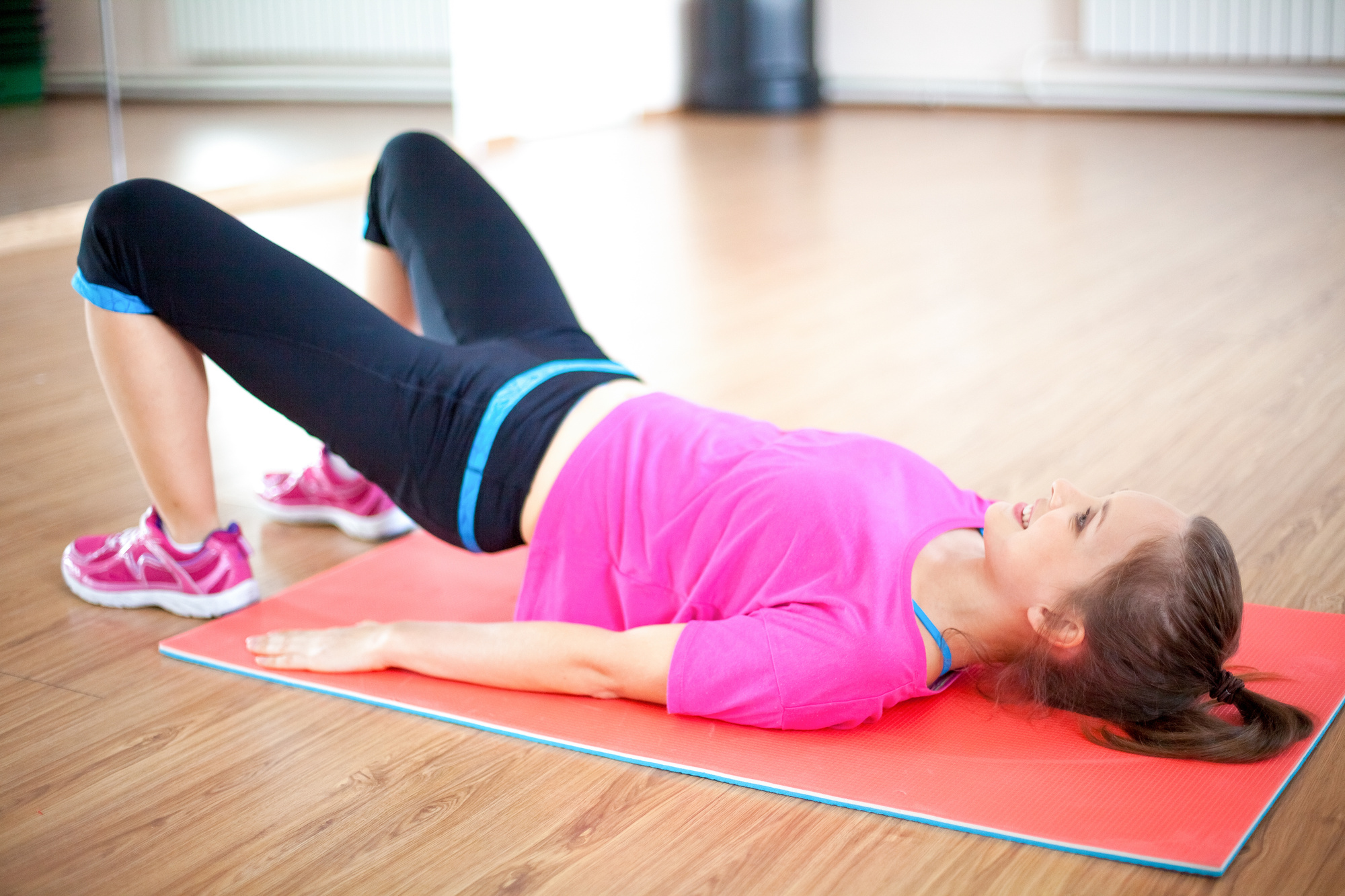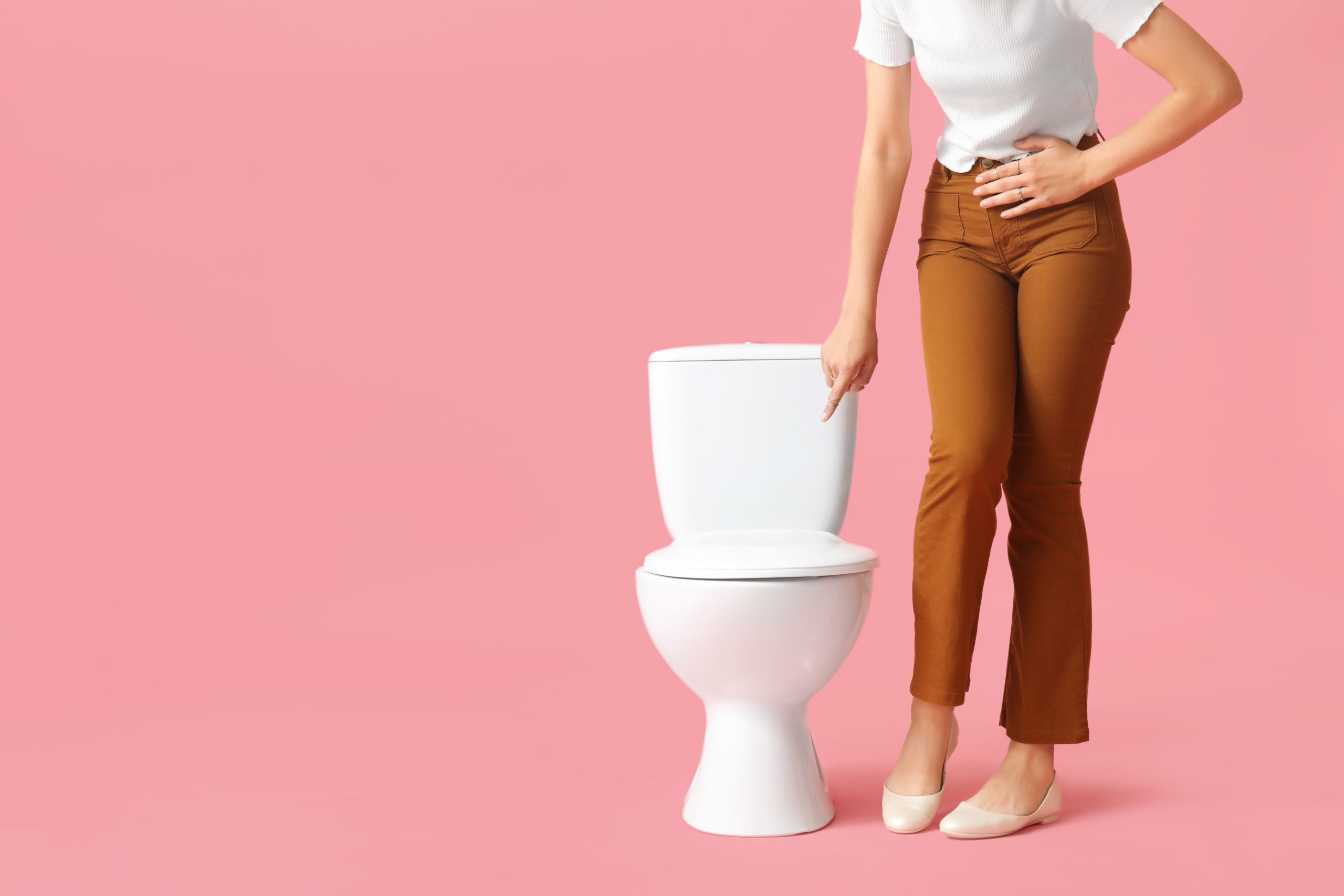
4 Simple Pelvic Floor Exercises You Can Do Everyday
While it’s quite common for a large number of women to leak urine when they laugh, sneeze, or cough — 1 in 4 women, to be exact, it’s worth noting that it’s not normal. Pelvic floor issues might be common, especially among women, but you shouldn’t have to live with these issues forever.
The pelvic floor is mostly muscle. And like any other muscle in the body, you can strengthen it over time with targeted pelvic floor exercises. But first, what exactly is the pelvic floor and what function does it serve?
Check out the rest of this blog to learn more.
What Is the Pelvic Floor, Anyway?
This important part of human anatomy is comprised of a network of connective tissue and muscles. All of which attach to your pelvis – the underside of the pelvic bones, to be more specific.
It’s a common misconception that only women have pelvic floors, but men have them too. Essentially, the pelvic floor supports the pelvic organs. In both men and women, this includes the bladder, urethra, rectum, and intestines.
In women though, the pelvic floor also includes the uterus, vagina, and cervix. To put it simply, think of the pelvic floor as a hammock that sits under the pelvis, supporting all of our pelvic organs.
Your pelvic floor is a strong muscle. Most of us unknowingly contract and relax it on a daily basis while performing a multitude of different tasks.
However, certain conditions can weaken the pelvic floor over time.
Pelvic Floor Function
So, what exactly does the pelvic floor do for us?
Without many of us knowing it, our pelvic floor is essential in the support of all our pelvic organs. In other words, it literally keeps everything in place where it should be.
Not only this, but it also plays a key role in sexual function, health, pleasure, and the ability to reach an orgasm.
The health of your pelvic floor can also impact your overall posture as it also stabilizes your hips and trunk when walking or standing.
How To Engage Your Pelvic Floor Muscles
Believe it or not, very few people know what their pelvic floor is or how to engage these muscles. But the reality is that we use these muscles daily.
For example, if you feel the urge to urinate but need to hold it before you find a bathroom, your pelvic floor muscles help to stop the flow of urine.
You can control your pelvic floor willingly, too, by activating the muscles with these simple steps:
- Lay down on your back, bend your knees and keep your feet flat on the floor
- Breathe in. Then, exhale and slowly suck in your lower abdominal muscles and squeeze your pelvic floor as if you’re trying to stop yourself from passing gas
- If you have a vagina, you can focus on squeezing the muscles around the vagina – it should feel like you’re lifting up your pelvic floor towards your head
- Exhale, contract your pelvic floor for 2 seconds, then release the muscles, inhaling as you do so
If you don’t have time to do this exercise, you can easily find your pelvic floor muscles by standing and imagining that you’re about to pass gas (but don’t want to!). The muscles that you use to squeeze your rectum/anus will activate your pelvic floor.
Four Pelvic Floor Exercises for Improved Strength
If you’re interested in exercising your pelvic floor to keep it strong, or need to rebuild its strength and endurance, these are some of the best pelvic floor exercises to practice every day.
Quick Flick Kegels
- Lay down on the floor on your back, bend your knees and place your feet flat on the ground. You can also do this exercise standing, or even sitting. But if you’re trying to re-build strength, stick to lying down at first
- Contract your pelvic floor as instructed above to activate the muscles
- Inhale, then as you exhale, suck your navel in towards your spine and release your pelvic floor
- Repeat these contractions and relaxations in quick succession, like a flick of the pelvic floor
- Aim for 10 repetitions, two-three times over
- Rest for 10 seconds between each set
Bird Dog
The premise of this exercise is to engage your deep core muscles, which then engages your pelvic floor.
- While you’re on your hands and knees on the ground, ensure your wrists are underneath your shoulders, and your knees beneath your hips
- Keep your back straight, don’t overarch it. You can do this by engaging your core muscles
- As you do so, lift your left leg straight behind you, and your right arm straight in front of you. This might take some balance at first. If you need to, simply lift your leg first, then your arm
- With your leg and arm raised in the air, hold this position for two-three seconds. Then lower back down into your starting position
- Repeat the move on the opposite side. Aim for 5 repetitions on either side for two-three rounds
- Don’t forget to exhale as you raise your extremities, and inhale as your lower them back down
Marches (Toe Taps)
- Once again, lay down on your back and keep your knees bent, feet flat on the floor
- Take a deep breath into your rib cage, then exhale, allowing your ribs to compress down. Then, draw up your pelvic floor muscles towards your head
- As you do so, lift one leg into the air, keeping the bend at your knee. Your shin should be perpendicular to the roof. Lower your leg back down
- Repeat the move on your opposite leg
- Try to keep your lower back pinned to the ground and remember to exhale, and engage your pelvic floor on the move. Inhale as you relax
- Repeat this move 10 times per leg, for two-three sets
The Glute Bridge
A great way to improve pelvic floor function is also to improve the strength of your glute muscles. This is where the bridge position can help:
- Lay on the floor on your back, knees bent, and feet flat on the floor. Keep your arms at your side with your palms facing down
- You’re going to raise your hips off the floor. Push through your heels, engage your pelvic floor and breathe out as you do so
- Hold this glute bridge position for a few seconds, contracting your pelvic floor while doing so
- Inhale as your lower your hips back down, and release your pelvic floor
- Repeat this exercise 10 times for two to three sets
Pelvic Floor Expertise is Just a Click Away
As a fellowship-trained urogynecologist and one of America’s first Board Certified specialists in pelvic medicine and reconstructive surgery, Dr. Lotze is the expert you need if you’re living with pelvic floor dysfunction.
If you’re looking to regain your confidence again and get your life back on track, without pelvic floor issues, get in touch for a consultation today!
Connect With Us
Questions or concerns? Please contact our office directly.
Be sure to check our blog regularly for new posts, and follow us on Facebook and Instagram @PeterMLotzeMD for health and wellness tips and more!




Patricia Cornell
I’m new. I will be starting the pelvic floor exercises to help improve the way I walk. I’,m very hunched over when I walk and zi need to be in a more upright position.⁸